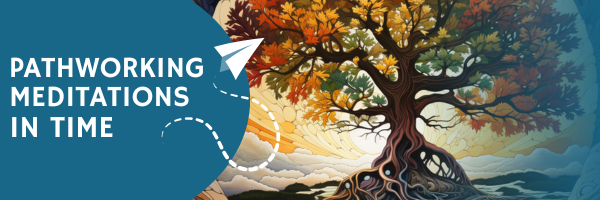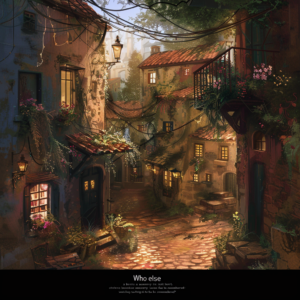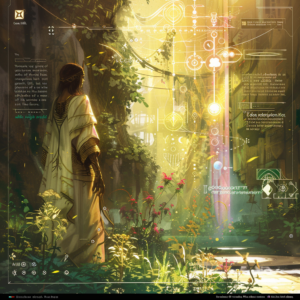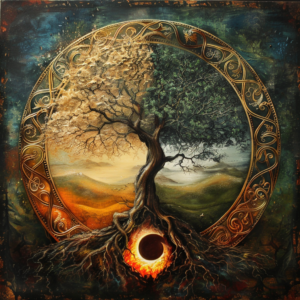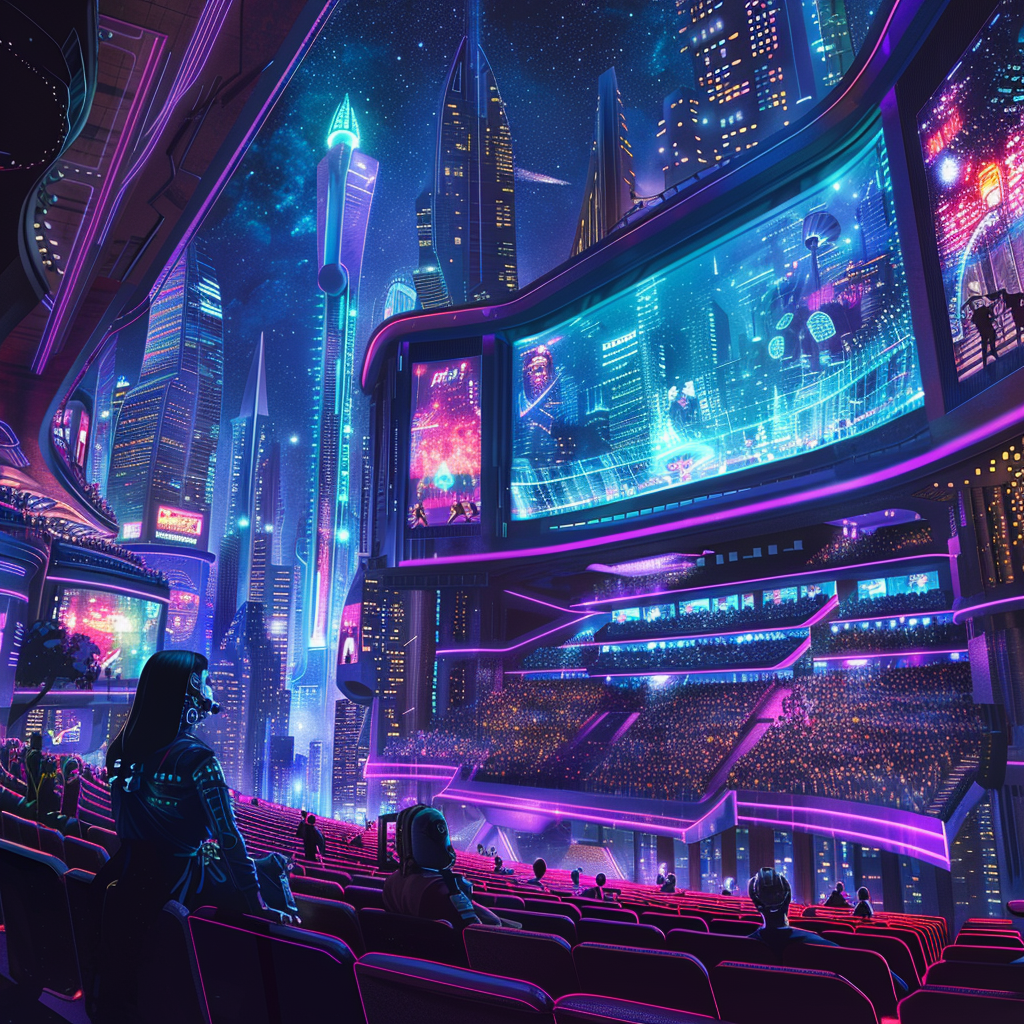
In the dynamic cityscape of Nova Luz, where the neon glow was as much a symbol of the future as the stars are of the night, a mesmerizing evolution in cinematic expression was unfolding. The Transhuman Cinematic Renaissance, an era where technology and human creativity merged to create awe-inspiring forms of storytelling, was taking shape.
At the forefront of this movement was Althea Sandor, a visionary director whose cybernetic enhancements allowed her to visualize cinematic worlds in ways others could only dream of. Her latest masterpiece, ‘Boundless Realms,’ seamlessly fused reality with fiction, blurring the lines between the two with a sophistication never before seen. Utilizing revolutionary holographic technology, Althea crafted scenes that were not merely watched but experienced, enveloping the audience in a narrative so immersive it was as if they were living within it.
Stepping into the limelight was Verity, a character that embodied the perfect blend of human artistry and advanced artificial intelligence. Enhanced with nanotechnology, Verity brought her character’s complex emotions to life with a realism that was startling. Her performances were not mere acts; they were experiences, resonating deeply with audiences and reflecting the intricate nature of identity and existence.
As Althea and Verity worked in harmony, their personal and professional journeys mirrored the dynamic transformation of Nova Luz itself. The city, a beacon of technological innovation, provided the perfect backdrop for exploring themes of discovery, resilience, and the merging of organic life with artificial enhancements.
Their tale was a tapestry woven with threads of human emotion, technological marvel, and profound philosophical inquiry. The audience was drawn into a mesmerizing spectacle that was as introspective as it was spectacular, challenging them to deeply reflect on the boundaries between the real and the artificial.
Each performance at the Quantum Stage—a venue that epitomized the zenith of this new cinematic technology—was a dialogue among characters and between the film and its viewers. The narratives explored were supported by the robust themes of human-machine integration, pushing the envelope on discussions about the ethics of AI, the potential of nanotechnology, and the profound impact of cybernetic enhancements.
The narrative of “Boundless Realms” wove together speculative science fiction with rich historical echoes, creating a story that transcended time and sparked the imagination about the future possibilities of human and technological co-evolution.
As the influence of the Transhuman Cinematic Renaissance spread globally, it catalyzed a technical revolution in filmmaking and stimulated societal introspection about the integration of humans and machines. This cinematic wave was about the art of storytelling and the art of possibility—envisioning a future where technology elevated human experience to realms previously deemed unreachable.
In this new dawn heralded by Nova Luz, audiences did more than observe; they participated, lived, and breathed the transhuman tales, shaping a chapter in the annals of artistic expression that would be remembered as both revolutionary and transcendental.
Beneath the canopy of Nova Luz’s illuminated skies, the stories of Althea, Verity, and their audience continued to evolve, forever altering the landscape of film and human interaction. This was not just cinema but a portal to a new understanding of what it means to be human in an age of advanced technology.
https://suno.com/song/4d5f2b65-b1d7-4e6e-8da5-0322121496a7
No tags for this post.